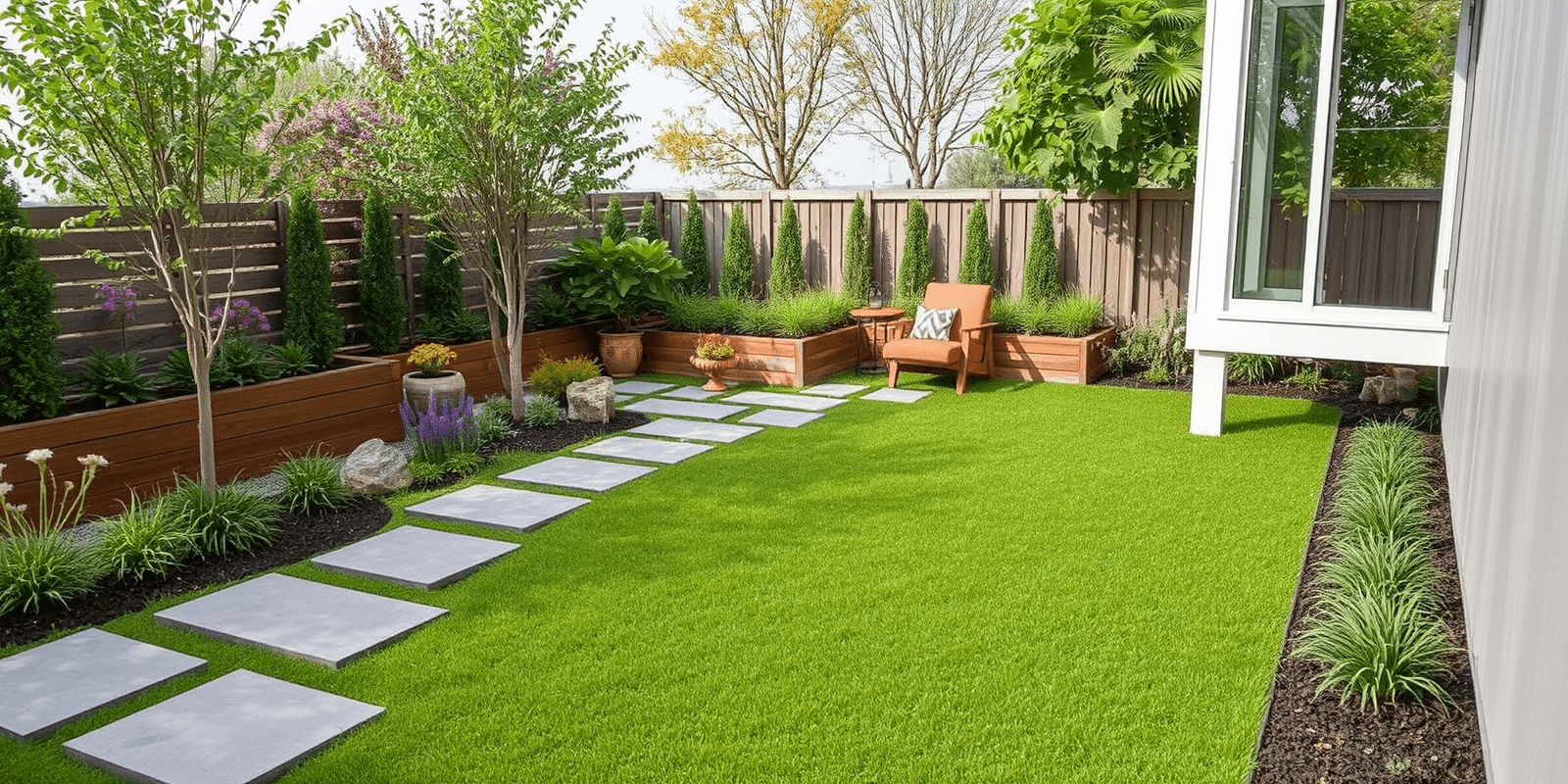Designing Your Dream Garden with WPC Landscaping Materials
Introduction to WPC Materials
Wood Plastic Composite (WPC) materials are revolutionizing the way we think about landscaping. These eco-friendly composites blend wood fibers with plastic polymers, creating a durable and low-maintenance option for outdoor spaces. Whether you’re designing a new garden or updating an existing one, WPC materials offer a versatile solution that can transform your outdoor area into a stunning oasis. In this article, we will explore how WPC materials can be used for various landscaping elements such as decks, fences, and planters, along with tips on choosing the right colors, textures, and installation techniques.
Design Possibilities and Practical Benefits
Decks
One of the most popular uses of WPC materials in landscaping is for deck construction. Unlike traditional wooden decks that require regular maintenance like staining and sealing, WPC decks are resistant to moisture, rot, and insect damage. This means less upkeep and more time enjoying your outdoor space. Additionally, WPC decking comes in a variety of colors and textures, allowing you to customize your deck to match your personal style and garden theme. For instance, if you prefer a natural look, you can choose a wood-grain texture. Alternatively, for a modern twist, opt for a sleek, uniform color. Proper installation is crucial for ensuring longevity and stability, so it’s recommended to consult with a professional or follow detailed instructions available from reputable manufacturers.
Fences
WPC materials also provide an excellent choice for fencing. Fences made from WPC are not only durable but also aesthetically pleasing. They come in various styles, including picket, board-on-board, and lattice designs, which can enhance the privacy and appearance of your garden. The durability of WPC fences makes them ideal for areas prone to harsh weather conditions, as they resist warping, cracking, and fading over time. When selecting a fence, consider the height and spacing of the boards to achieve the desired level of privacy and light penetration. Installation should be done carefully to ensure the fence is stable and secure, with proper posts set at regular intervals.
Planters
For those looking to add greenery to their garden, WPC planters offer a sustainable and attractive option. These planters are lightweight yet sturdy, making them easy to move around and place in optimal positions for plant growth. WPC planters come in a range of sizes and shapes, allowing you to create a diverse planting arrangement. Furthermore, they are resistant to moisture and UV rays, ensuring that your plants remain healthy even in extreme weather conditions. To choose the right planter, consider the size of your plants and the amount of soil needed. It’s also important to ensure good drainage by drilling holes at the bottom of the planter or adding a layer of gravel before filling it with soil.
Tips on Choosing Colors, Textures, and Installation Techniques
When selecting WPC materials for your landscaping project, consider the overall aesthetic of your garden. Choose colors and textures that complement your existing landscape features. For example, if you have a lot of natural stone elements, opting for a WPC material with a rougher texture might blend better. Conversely, for a more contemporary look, smooth and uniform surfaces could be more appropriate. Always refer to the manufacturer’s guidelines for installation, as improper installation can lead to structural issues and reduce the lifespan of your WPC components. Hiring a professional installer can ensure that your materials are installed correctly and last longer.
Conclusion
With its combination of durability, versatility, and low maintenance, WPC material for landscaping offers endless possibilities for transforming your outdoor space. From creating beautiful decks and fences to enhancing your garden with stylish planters, these eco-friendly materials provide a sustainable and aesthetically pleasing option for any landscaping project. By carefully considering the color, texture, and installation technique, you can create a dream garden that will stand the test of time and enhance your outdoor living experience.
Reference
“Advancements in Wood Plastic Composites: A Review of Recent Developments”, Nature Scientific Reports, 2019.

